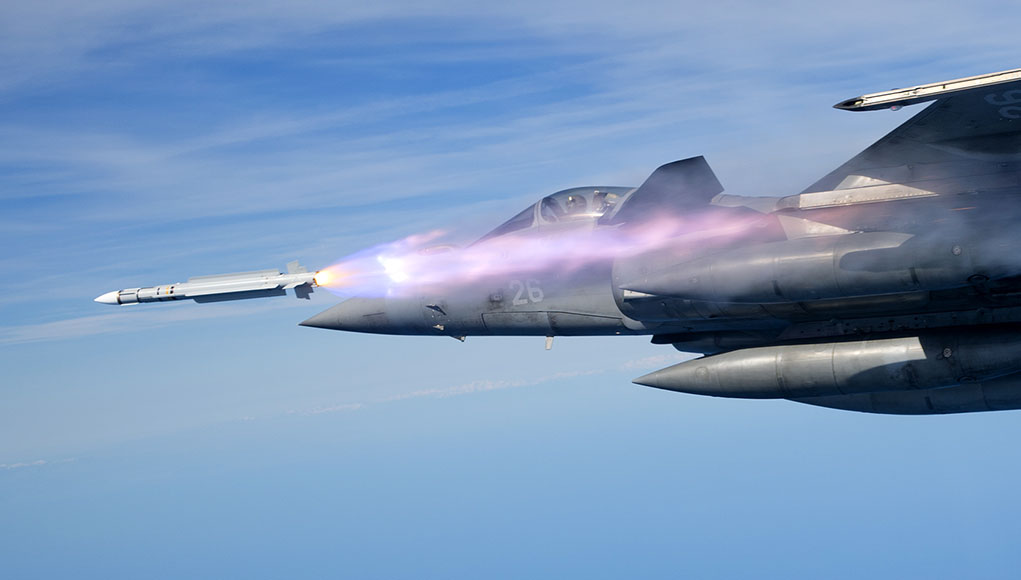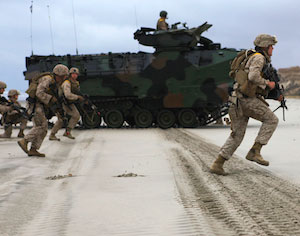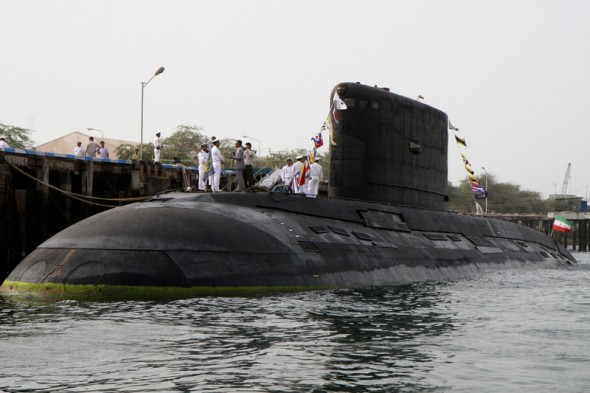
Korean Daewoo Expects to win a US$1.1 billion Indonesian Submarine Contract
October 10, 2011: Korea’s Daewoo Shipbuilding and Marine Engineering expects to sign its first submarine export contract with Indonesia next month to build new submarines. The contract worth about US$1.1 billion will include three 1,400 ton Daewoo designed submarines destined for the Indonesian Navy. Indonesia has been evaluating competing bids from France, Russia, and Germany, offering subs built in Turkey. Korea and France were selected as preferred bidders in June.
Decision Time for M-MRCA
October 7, 2011: India’s Defence Acquisition Council headed by Defense Minister AK Antony have met today to set the terms critical for the decision concerning the fighter plane that will serve the Indian Air Force for the next decades. At this meeting the DAC decided the final commercial and offset guidelines to be implemented with this exceptionally large program. According to Indian offset requirements the winning firm will have to reinvest more than US$5 billion in India, either alone or in partnership with an Indian company, in military, homeland security and civil aviation. Once decisions are made, the offers placed by the two companies will be opened on monday. Formal decision is not expected immediately, as the determination of ‘lowest bidder’ is expected to be a complex process taking several weeks. For the US$10.4 billion buy of 126 advanced fighters India have to opt between the Eurofighter Typhoon and Dassault Rafale, the the two European contenders which were also the most expensive offerers, remained last in the game. They have beaten Lockheed Martin and Boeing, the world’s biggest defense industries and the Indian long-time arms supplier MiG. Saab, which may have placed the lowest cost bid, was also beaten. The IAF wants plans to induct of the new fighter by 2015, in time for the beginning of retirement of its MiG-29s.
India to test 5,000 km Agni-5 IRBM by December
India’s Defense Research & Development organization (DRDO) is planning to test fly the Agni-5 ballistic missile for its full range in December 2011. The missile will be launched from Wheeler Island, on the Orissa coast, traveling its full range of 5,000 km southward, halfway to Antarctica. The 17.5 m’ high Agni-5 weighs about 50 tons. The DRDO predicts that if all goes well, the can strike within a few hundred meters of the designated target. This high level of precision enables the Agni-5 to carry relatively small nuclear weapon while maintaining an effective deterrence high priority targets deep inside hostile territory. (Business Standard)
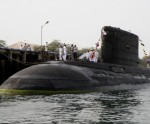
The Iranian Navy to get a new ‘Compact’ Submarine Next Year
October 6, 2011: The Iranian Navy is soon to field a new ‘compact’ submarine with a displacement of 600 tonns. The new submarine will be armed with locally produced torpedoes and mines. The lead submarine in this family called ‘Fateh’ will soon be delivered to the Iranian Navy and is expected to formally join the fleet next year. According to Iran’s FARS news agency, the fateh can dive to a depth of 200 meters and operate on a mission extending about five weeks. Iran currently operates three Russian made Kilo submarines and 11 locally built Ghadir-class 120 ton midget submarines operating short range missions from the port of Bandar Abbas. Iran has been steadily developing its sub-surface capabilities in recent years. In July 2011 the 2,300 ton submarine ‘Younes’, the first of three Kilo class submarine bought from Russia, returned from its first operational mission. Covering 3,800 km in 68 days, Younes operated at the Red Sea and the Gulf of Aden, along with a number of surface vessels operating with the Iranian 14th fleet.
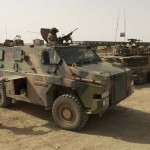
Australian Bushmasters get Upgraded Protection
October 6, 2011: Australian Bushmaster vehicles operating in Afghanistan have been upgraded recently to provide soldiers with better protection against Improvised Explosive Devices (IEDs). The upgrade was completed in Afghanistan in August 2011. Upgrades to the vehicles included the installation of new blast protecting seating and cabin floor protecting the vehicles from blast effects. Expert Defense and industry engineers from Thales and Stratos Seating developed the upgrades based on data from damaged Bushmaster vehicles hit by improvised explosive devices in Afghanistan and blast trials conducted in Australia. Stratos developed the BattleSafe range of seats to offer protection from explosion IEDs underneath, or on the road side, in addition to offering physical protection for the troops inside the vehicle. In May the Australian Government announced plans to buy additional 101 Bushmasters to support current and future Australian operations.
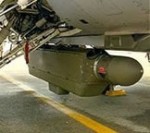
ITT Packs new EW Pods for Pakistani F-16s
October 5, 2011: The ITT Corporation (NYSE: ITT) has been awarded a $49 million Foreign Military Sales contract to provide a pod-variant version of the Advanced Integrated Defensive Electronic Warfare System (AIDEWS) for the Pakistani Air Force F-16s. The new pod will use a variant of the digital radio frequency memory (DRFM) -based electronic-countermeasure system based on the ALQ-211 Electronic Warfare (EW) jamming system employed with several types of rotary wing aircraft and the F-16 fighter. The system provides fighter pilots with situational awareness and protection against radar-based threats, including modern surface-to-air and air-to-air weapon systems. (Defense-Update)
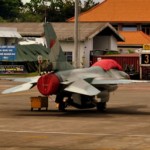
Indonesia Considers Buying 24 Ex-USAF F-16C/Ds
October 5, 2011: Indonesia is considering modernizing its fleet of 10 F-16A/B and F-5E/F Tiger II fleet with mothballed, ex-USAF F-16A/B fighters, to be renovated with new avionics and engines. Indonesia plans to take take 30 planes and use six of them for spares. While the U.S. is expected to transfer the planes free of charge, Indonesia will spend about half a billion US$ for their modernization. Deliveries could begin in 2014 and span over three years. Indonesia currently have several F-16A/Bs but only part of them are serviceable. Ex-USAF planes would be better maintained than the ones Indonesia already have.
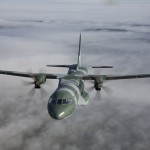
Airbus Military, PT DI Indonesian to Modernize C295 Manufacturing Process
Oct 5, 2011: Airbus Military and PT Dirgantara Indonesia (PT DI) today announced a teaming agreement, setting the course for the Indonesian aerospace company’s recovery. The 18 month recovery plan aims to upgrade the PT DI processes and engineering, marketing and MRO capabilities, based on Airbus Military technology and know-how. The two companies have already co-produce the C295 in the past and are anticipating more sales once the Indonesian government confirm their plans to replacement of the Fokker 27 aircraft of the Indonesian Air Force. Airbus Military hopes its C295 will also benefit from the growth in demand for 19-50 passenger-utility aircraft in Indonesia and throughout the region, paving the PY DI partnership growth for the coming decade.

